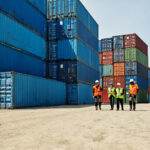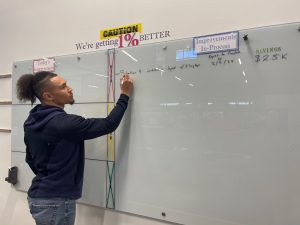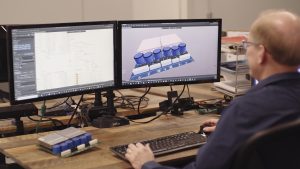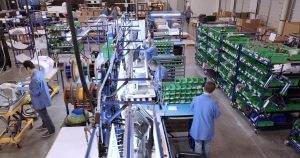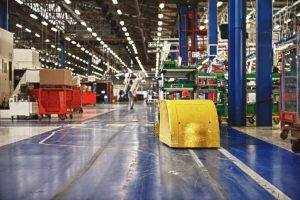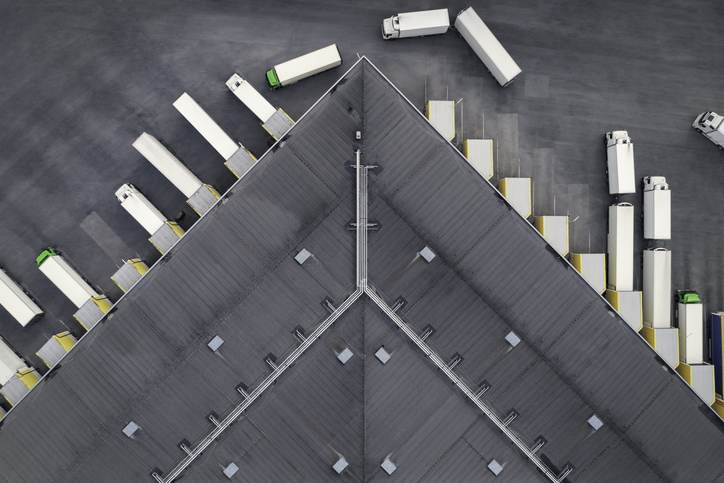
For decades we’ve heard that it’s not affordable to manufacture in the US. The fear of not being competitive and losing market share is considerable! One size does not fit all in this current world of supply chains. Not everything can or should be re-shored. But what if it was more affordable than expected? And what is the value of de-risking your deliveries?
It’s time to reexamine the total landed costs of your materials. If you have previously done the full landed costs analysis; it might be time to do it again. As we discussed in our last blog, many of the costs related to importing from a global Asian supplier have dramatically increased, so is China still the great deal it once was?
What are Landed Costs?
To make sure we are all using the same vocabulary, landed costs are the total costs to get from Factory A to Factory B. This might be another factory, a distribution hub, or your end customer.
Categories of costs that are included in Landed Costs:
o Product costs
- Material, labor, factory overhead + profit
- Interesting note: China’s labor rates have increased ~ 200% in the last decade; US has only increased by ~ 8 %
o Freight costs
- Usually multiple carriers between factories: trucks, rail, planes or boat
o Taxes, Tariffs & Surcharges
- See the last blog
o Risk Management Expenses
- Insurance, quality inspections, etc.
o Cost of money/opportunity
- Cash invested in inventory at factory A or in transit
- Foreign currency exchange impacts
Some organizations get caught comparing product costs only between Factory A and Factory B. This is not a true comparison of costs. By examining the total landed costs, you can accurately assess how much you are benefiting from your overseas supplier.
Risk Mitigation Costs
While landed costs give you a true cost comparison, it is harder to quantify the cost of risk.
- What happens to your business when deliveries take 12 – 14 weeks to arrive?
- What if your demand changes dramatically during those 14 weeks?
- What if China again shuts down due to their zero covid policy?
- What does it cost you to have waited for 14 weeks to get parts, only to find a quality defect?
o Do you fix it yourself or pay to return them to Asia and wait another 14 – 18 weeks?
What opportunities are you missing due to your cash being tied up in inventory for all of this time?
If you have seasonal inventories, this is an even bigger risk. As we are seeing in the news, retailers are really impacted now as they saw a major demand shift and they had already tied up money into inventory that they are now deeply discounting. All of these is risks that are magnified with a global supply chain.
Once you have considered the updated landed costs and your appetite for risks, you can decide by commodity what products you should re-shore. If you have a low to medium-volume, complex electronic assembly; E4D is here to support your reshoring initiatives. Contact us today to get started!
Photo Sourced from Getty Images: #1353883760

